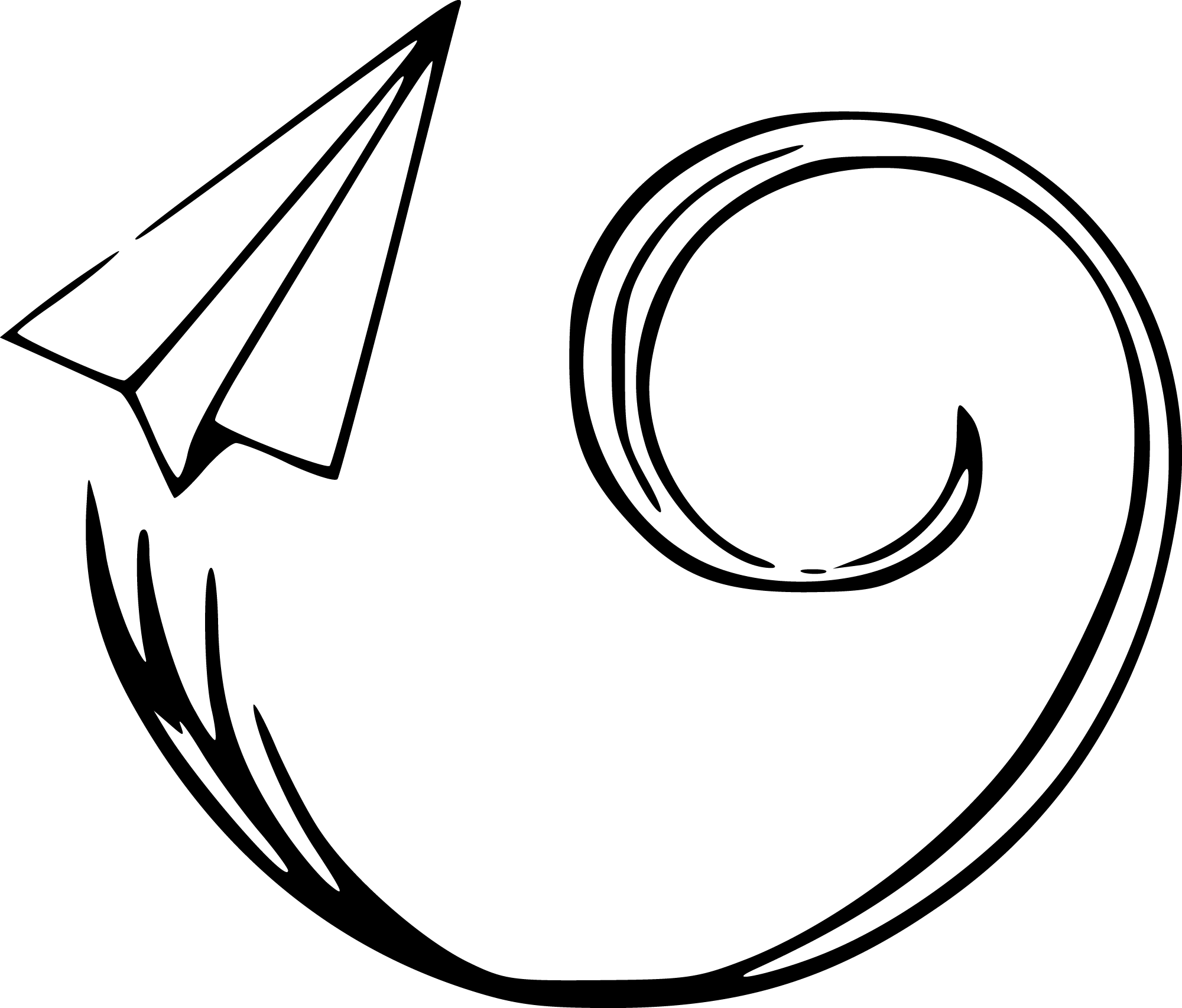Duty free shopping: ways to find the best deals
Brilliant lights reflecting off the finest imported wines, designer watches and the latest luxury perfumes… No, you’re not dreaming – you’ve just stepped into the fascinating world of duty free shopping. While it’s sometimes a great option to buy last-minute gifts, snag deals on luxury items, and spend what’s left of local money, duty-free shopping has been approaching more cautiously lately. Many travelers ask themselves if they really can find the best prices on these trendy consumer goods, or whether this is a clever trick to spend their hard-earned money on. Whether you’re browsing the duty-free shops to kill some time before your flight, or you’re determined to buy gourmet chocolates and expensive drinks, we’re explaining the details so you can get the most out of your duty-free shopping experience.
What is the difference between “tax free” and “duty free”?

You can find “tax free” or “duty free” shops at many international airport terminals, ferry stations, cruise ports and border shops. So, what is the difference between tax free and duty free? In general, you don’t pay local sales tax on some items in “tax free” stores. Internationally abbreviated as VAT (Value Added Tax) or GST (Goods and Services Tax), this Value Added Tax can vary between 5% and 25%. In “Duty free” products, both VAT and special consumption tax (a special tax on tobacco and alcoholic beverages) are deducted from the sales price. The EU abolished duty-free shopping years ago, so you can only get duty-free deals if your journey starts or ends in a non-EU country. You can still buy VAT-free products when traveling from one EU country to another.
Is duty free shopping always the cheapest?

Surprisingly, shopping at duty-free shops doesn’t always mean you’ve got the best deal. It’s always a good idea to check the price of an item online so you can compare the duty free price of the same item with the regular price in other stores. While designer bags, perfumes, sunglasses, and electronics aren’t seen as cheap in duty-free shops, you can save money on large quantities of alcohol and cigarettes. If you’re traveling to a country where spirits are extremely expensive (like Singapore, Australia and Scandinavia), it might be a good idea to stock up on some of your favorite French wine or Irish whiskey before leaving the terminal. The same goes for other products: if a type of cosmetics or brand of chocolate is quite expensive in your home country or the country you’re traveling to, it may be worth your time to check its prices in duty-free shops whenever you get the chance. However, if the currency of the country you are visiting is weak against the currency of your home country, it is often more affordable to resist the temptation of duty-free shops and shop at local stores in the city.
Top tip: Always calculate duty free shopping prices in advance. Compare the currency of the country you are traveling to with the currency of your own country in advance.
How much can you bring with you?
Contrary to popular belief, shopping at duty-free shops does not mean that you will not pay any taxes on the products you buy. The items you buy are technically duty free only in the country where you bought them. If you exceed the limit you need to bring with you, you may have to pay customs duties when you return to your home country. So, what are the exemptions and how much can you bring with you without paying taxes? Of course, these restrictions vary from country to country, but the most basic rule is that what you bring with you is for personal use or as a gift. If you’re bringing with you unusually large quantities of items that you can sell and make a profit on, you may run into questions from customs officials.

There are special regulations for tobacco products and alcoholic beverages. For example, when you come from an EU country to another EU country, you can bring 800 cigarettes without paying tax, but if you come from a non-EU country, you can only bring 200 cigarettes. To be sure, you can get information from the customs authorities of the country you are going to before you travel. Each country has its own permits and exemptions for the amounts that can be brought without tax in duty-free or tax-free products.
Top tip: Do not exceed the number limit, duty free shopping is for personal use of travelers.
Tips for getting the most out of duty-free shopping

Now that you better understand the complex rules of duty-free shops, you’re all equipped to make better decisions on your next bargain hunt! Just in case, we’ve rounded up a few tips and tips to keep in mind on your next airport shopping spree:
- If you’re going to shop duty-free, you should make sure you choose local products to get the best deals. Buy hard-to-find wines and spirits from their country of origin; For example, buy Italian wines while in Rome and Swedish vodkas in Stockholm, and never mind otherwise.
- Be wary of exchange rates. Depending on your local currency, you may be paying double or triple the price for your favorite fashion accessory, spirits, and souvenirs.
- Have your boarding pass ready for review while you’re in the purchasing queue. While you don’t need to show your boarding pass at every shop at the airport, you do need to show it when doing duty-free shopping so the shop can be sure you’re actually leaving the country and are eligible for duty-free shopping.
Keeping these simple tips in mind, you’ll easily catch the best deals next time and shop like a duty-free pro. Duty-free shopping is an essential part of any trip, whether you’re going on a luxury vacation to French Polynesia or making a short trip home to see your family. The first steps of your new journey and the excitement of your next adventure starts with duty free shopping, so bon voyage and happy shopping!





